Great wines of Burgundy
-
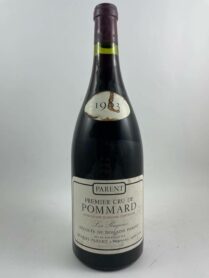
Pommard – Les Rugiens – Domaine Parent 1983
€336.00Pommard | Red | 1,5 L
-

La Tâche – Domaine de la Romanée-Conti 1988
€4 680.00La Tâche | Red | 0,75 L
-
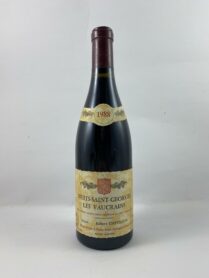
Nuits Saint-Georges – Les Vaucrains – Robert Chevillon 1988
€234.00Nuits-Saint-Georges | Red | 0,75 L
-
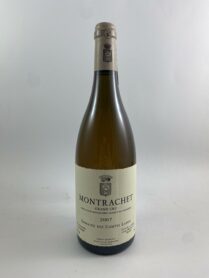
Montrachet – Domaine des Comtes Lafon 2007
€2 658.00Montrachet | White | 0,75 L
-
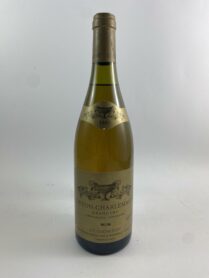
Corton-Charlemagne – Domaine Coche Dury 1995
€5 820.00Corton-Charlemagne | White | 0,75 L
-
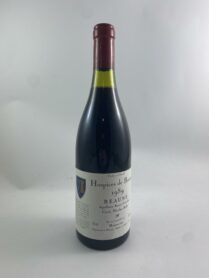
Beaune – Cuvée Nicolas-Rolin – Hospices de Beaune – Mommessin 1989
€150.00Beaune | Red | 0,75 L
-
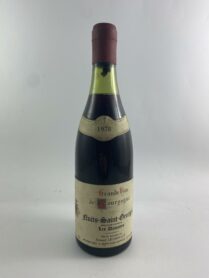
Nuits Saint-Georges – Les Damodes – Domaine Lécheneaut 1978
€354.00Nuits-Saint-Georges | Red | 0,75 L
-
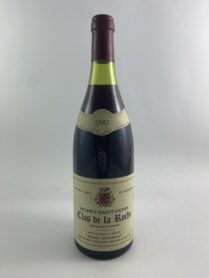
Clos de la Roche – Domaine Lécheneaut 1982
€304.80Clos de la Roche | Red | 0,75 L
-
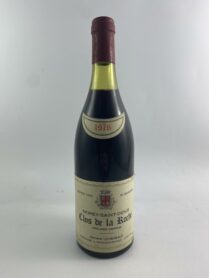
Clos de la Roche – Domaine Lécheneaut 1976
€414.00Clos de la Roche | Red | 0,75 L
-
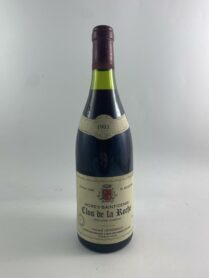
Clos de la Roche – Domaine Lécheneaut 1983
€304.80Clos de la Roche | Red | 0,75 L
-
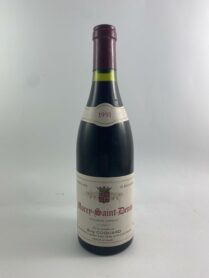
Morey Saint-Denis – Guy Coquard 1991
€58.80Morey-Saint-Denis | Red | 0,75 L
-

Clos de Vougeot – Musigni – Gros Frère & Soeur 1985
€456.00Clos de Vougeot | Red | 0,75 L
-

Gevrey-Chambertin – Clos Saint-Jacques – Domaine Armand Rousseau 2006
€4 680.00Gevrey-Chambertin | Red | 1,5 L
-

Gevrey-Chambertin – Clos Saint-Jacques – Domaine Armand Rousseau 2007
€5 040.00Gevrey-Chambertin | Red | 1,5 L
-
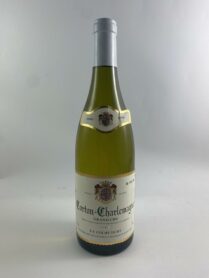
Corton-Charlemagne – Domaine Coche Dury 2006
€5 142.00Corton-Charlemagne | White | 0,75 L
-

Chambolle-Musigny – Domaine Lécheneaut 1983
€162.00Chambolle-Musigny | Red | 0,75 L
-
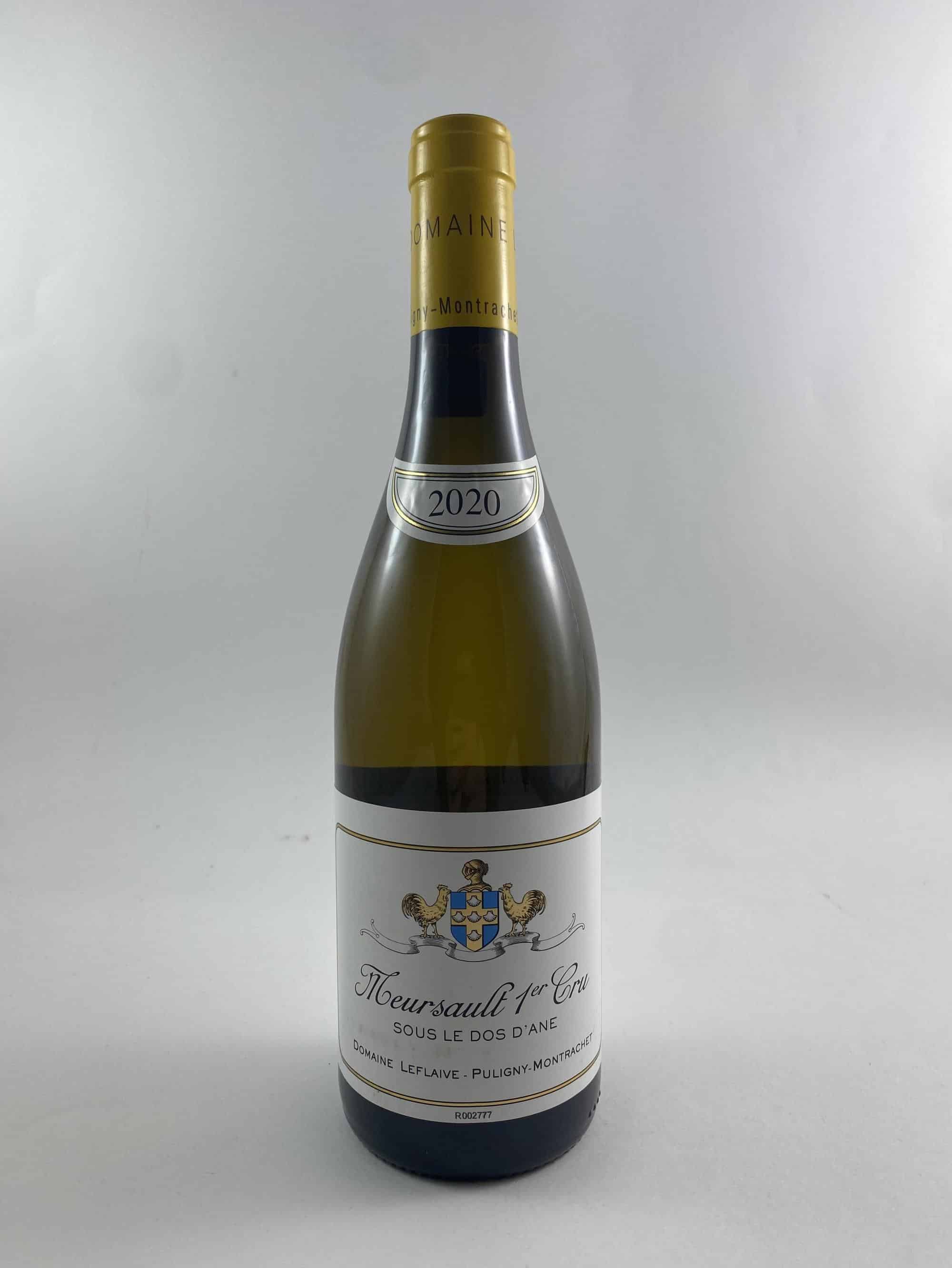
Meursault – Sous le Dos d’Ane – Domaine Leflaive 2020
€336.00Meursault | White | 0,75 L
Our selection of great wines and great vintages of Burgundy
Burgundy is undoubtedly one of the most emblematic wine regions of France. It is known for its great wines that attract wine lovers from all over the world, both in France and elsewhere. What is the history of Burgundy wines? What do you need to know about the vineyards that produce them? We explain everything in this guide.
In Burgundy, viticulture proper began in the second century AD. It should be noted that certain archaeological excavations show that this culture would have begun well before: towards 51 before J-C.
At the time, Greek merchants traded extensively with those of the Rhone Valley. There were also the Romans, who arrived about two centuries later. The very first time Burgundy wine was mentioned was in 591.
The time of the first vineyard owners
The monks of the Catholic Church have greatly influenced the history of wine in the region. As early as 910, people were already talking about the first vineyard owners. It was the Benedictines. For its part, the largest vineyard of the time was held by the Cistercian order. The domain was called the Clos de Vougeot.
Burgundy wine invited to the court of kings and the Pope
Gaining in importance, the wine of Burgundy became over the centuries, very appreciated by the high society, especially by the nobility. Several great families have made it one of their favorite dishes, such as la Maison de Valois who ruled Burgundy for a good part of the 14th century. Burgundy wine was also invited to the court of kings and the Pope.
Departments covered by the Burgundy vineyards
The climatic characteristics of the Burgundy region
The best wines of Burgundy
- Chablis les Clos 2014, Grand Cru (White): a tonic wine, rather mineral, with beautiful notes of lemon
- Le Clos Blanc de Vougeot Monopole (white) : it is a full-bodied wine, rather spicy and fresh
- Le Clos de Magny 2016 (Red) : it is a fruity and juicy wine
- Le Clos Saint-Philibert Monopole 2016 (white) : a fresh and floral wine
- Le Clos des Issarts Monopole (2016) Gevrey-Chambertin 1er cru (red) : a racy and fresh wine
- Le Clos des Lambrays 2015, Grand Cru (red) : a full and fruity wine
- Clos des Ducs, Volnay 1er cru (red) : a floral and very aromatic wine
The different appellations of Burgundy wines
Regional appellations
These wines are divided into 6 AOCs which allow them to be categorized on the basis of their characteristics. There is, for example, the appellation AOC Bourgogne Aligoté for white wines. These products are made from the grape variety whose name they bear: AOC Crémants de Bourgogne.
Communal appellations
These appellations designate the wines that are attached to their villages of origin. There are, for example, the wines of Aloxe-Corton, Gevrey-Chambertin or Pommard.
The other notable appellations of Burgundy wine
Great growths and wines of Burgundy
Here is the official list of the great wines of Burgundy:
Great white wines of Burgundy : Chablis Vaudésir, Chablis Bougrots, Chablis Les Preuses, Chablis Les Clos
Great red wines of Burgundy: Corton, Clos Saint-Denis, Clos de Tart, Clos des Lambrays, Clos de la Roche, Bonnes Mares, Latricières Chambertin… to mention only those.
Burgundy wine rankings
As we have indicated, the wines of Burgundy are classified according to their geographical origins. We then find the regional, communal (or village) appellations and the Grands Crus de Bourgogne. These, as a reminder, represent the fourth level of designation. They represent 1% of the production of the Burgundian red gold.
The emblematic producers of Burgundy wine
The Domaine Bouchard Père & Fils
It is one of the oldest estates in the region. It was founded in 1731. It is distinguished by its unique heritage and by the diversity of its wine appellations.
The Domaine Joseph Drouhin
Founded in 1880, this estate includes 3 vineyards located in Beaume. Joseph Drouhin is known for the superior quality of its white wine.
La Chablisienne
It is a cooperative cellar of Chablis. Founded in 1923, this company has become one of the heavyweights of the sector.
The Domaine Bruno Clair
Founded in 1979, this estate represents the emblematic winemaker of Marsannay.
The best vintages of Burgundy
Pour les vins rouges : 1945, 1947, 1949, 1953, 1959, 1961, 1966, 1969, 1971, 1976, 1978, 1990, 2005, 2015, 2018, 2019.
Pour les vins blancs: 1945, 1947, 1949, 1950, 1952, 1955, 1962, 1966, 1969, 1971 (le meilleur) 1989, 1996, 2003, 2005, 2018, 2019.
